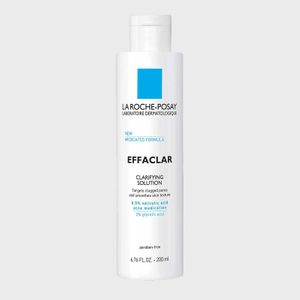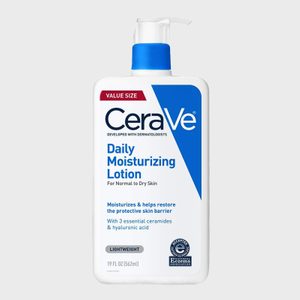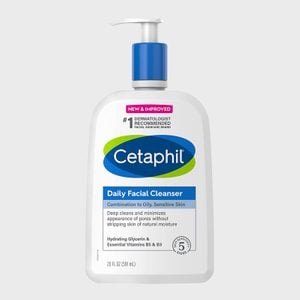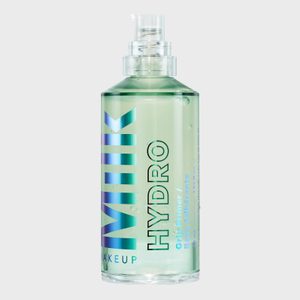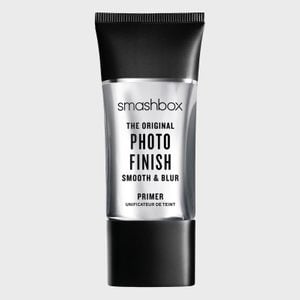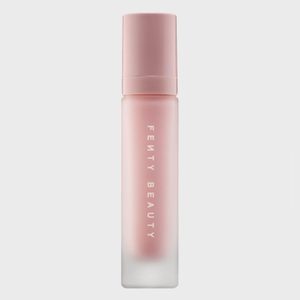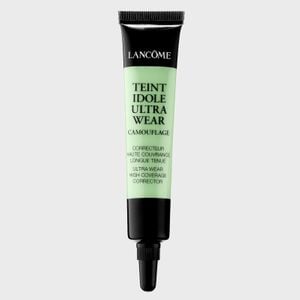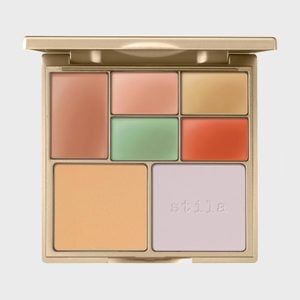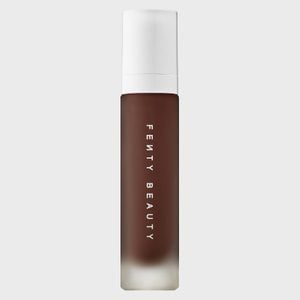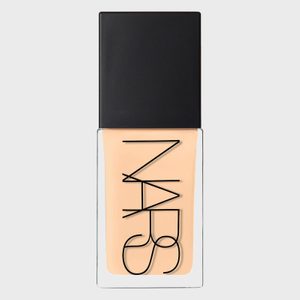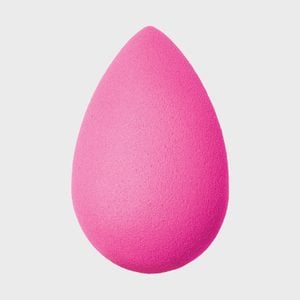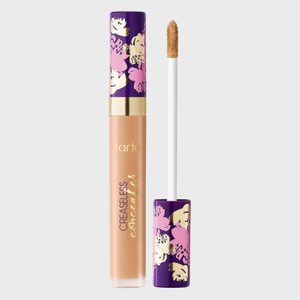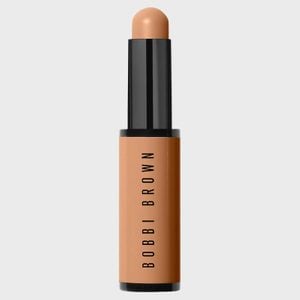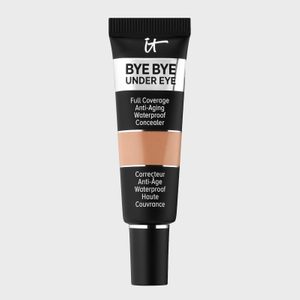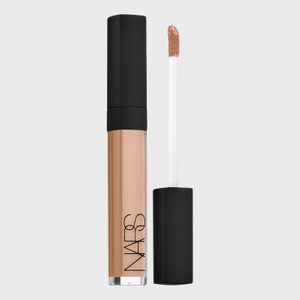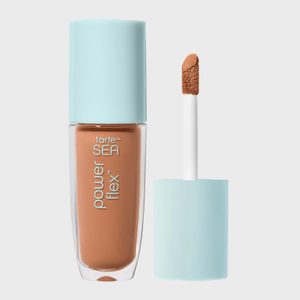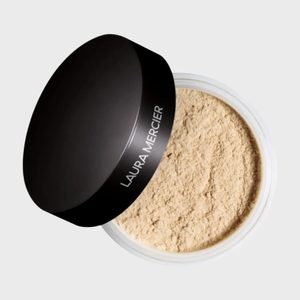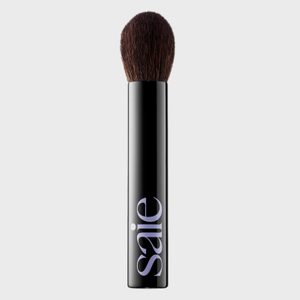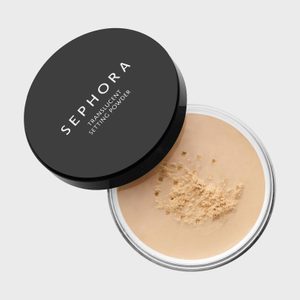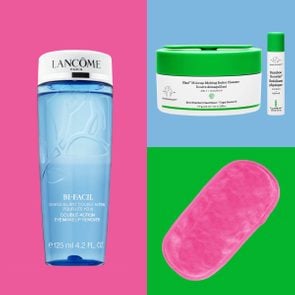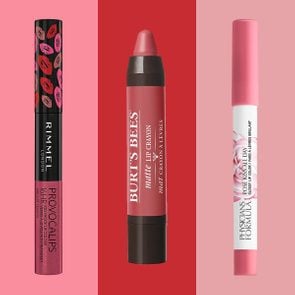The Best Way to Apply Concealer, According to Beauty Experts
Updated: Apr. 11, 2023
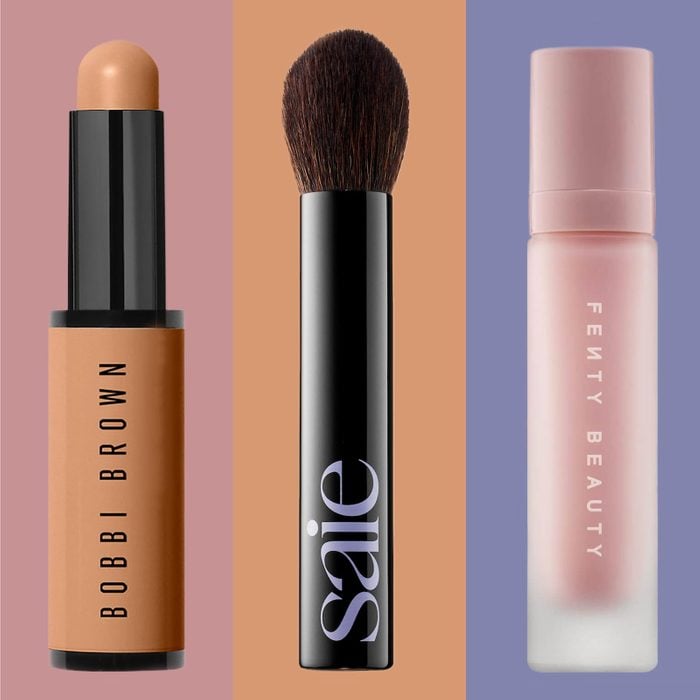
Cover those spots like a pro by learning how to apply concealer.
Your favorite celeb might have eternally clear skin, but for us mere mortals, pimples are a part of life. So too is concealer, the little confidence boost in a jar that covers up blemishes, redness, and dark spots. (Choose to go without? More power to you!) Of course, as important as it is to use the best concealer, it’s even more important to know exactly how to apply concealer for your skin type and face shape.
To help you out, we’ve collected makeup tips from professionals who are ready to explain how to apply concealer so you look like you, only better.
How to choose the right concealer
The first thing you need to know is that the art of concealing also includes color correcting. It’s not a bad idea to have a couple different concealers and dark spot correctors in your collection so you can target redness, discoloration, and spots.
“If you want to give a little extra brightness to the under-eye area, then you will get two shades: One for the under eyes that’s two shades lighter than the rest of your face and then one that matches your skin to cover little imperfections,” says Scotia Boyd, a makeup artist who works in TV and film. “If you have particularly dark circles under your eyes, then go with a peach or salmon color-correcting concealer first, only on your dark circles. This will help to neutralize the blue/purple. And then use your regular concealer on top.”
To find the perfect shade, celebrity hair and makeup artist Emilio Uribe suggests going straight to your favorite makeup counter and asking for help. “A lot of my clients go to the department store where the makeup professional gives them a color match, often a shade lighter than their natural skin tone.” Involving a professional in the process gets you off on the right foot.
It’s important to remember that concealers are all different because they’re designed for different skin types and tones. Creamy concealers are best for dry skin, Uribe says, because they nourish the skin and keep it hydrated throughout the day. As for oily skin, Boyd recommends a long-lasting formula; they tend to dry the skin just enough to keep the oiliness at bay.
If you have acne-prone skin, Uribe says liquid concealers tend to be a little gentler. As Boyd points out, you can also look for a concealer that has acne-fighting ingredients like salicylic acid built right into it.
And of course, mature skin needs its own skin-care routine, and that includes the right concealer formula. Boyd recommends a liquid formula for skin with wrinkles. “The thinner the formula, the better [it is] for aging skin,” she says. “You are going to want to avoid anything that is either too creamy or too drying because it is going to settle into wrinkles.”
What you’ll need
You could invest in a good concealer and call it a day, but to really cover up like the pros, you’ll need a few more products before and after application. (Yes, you have our permission to use this as an excuse to go wild at the spring Sephora sale.) Here’s everything makeup artists recommend you use:
- Face wash that addresses your skin’s needs
- Toner, if you have oily skin
- The best moisturizer for your skin type
- The best primer for your skin type
- The best foundation for your coverage needs
- The right concealer for your skin tone
- A Beautyblender or makeup brush
- The best setting powder to lock everything in place
Step 1: Prep your skin
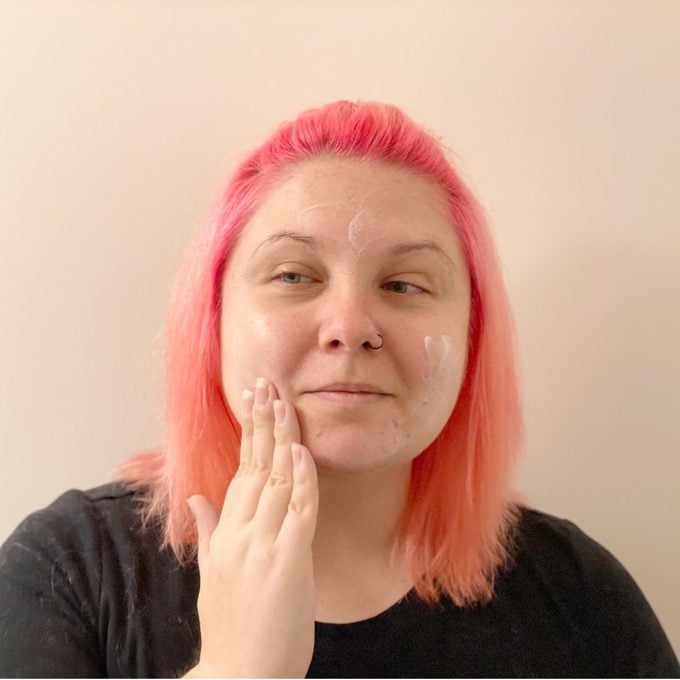
Always start with a clean face. So the first thing to do before applying makeup is wash your face thoroughly with your favorite cleanser. After washing, consider using a toner if you have oily skin. Otherwise, grab a moisturizer, like the best moisturizer for acne-prone skin or another lightweight moisturizer, to ensure your skin stays hydrated throughout the day.
Uribe also recommends using an under-eye cream as part of your daily skin care routine to add even more nourishment to the delicate skin.
Step 2: Prime your skin
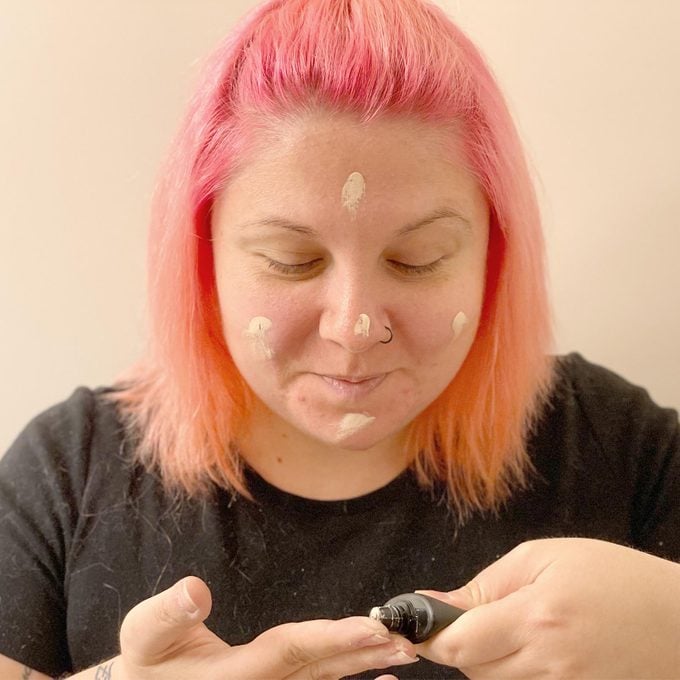
By using a primer on your skin, you’re giving your foundation a base to stick to. If you’re not using foundation, this step isn’t quite as necessary, but it can still help your concealer appear smoother and stay in place longer. Boyd recommends a mattifying primer if you have oily skin. Those with dry skin will appreciate a creamier or moisture-boosting primer.
Step 3: Correct redness
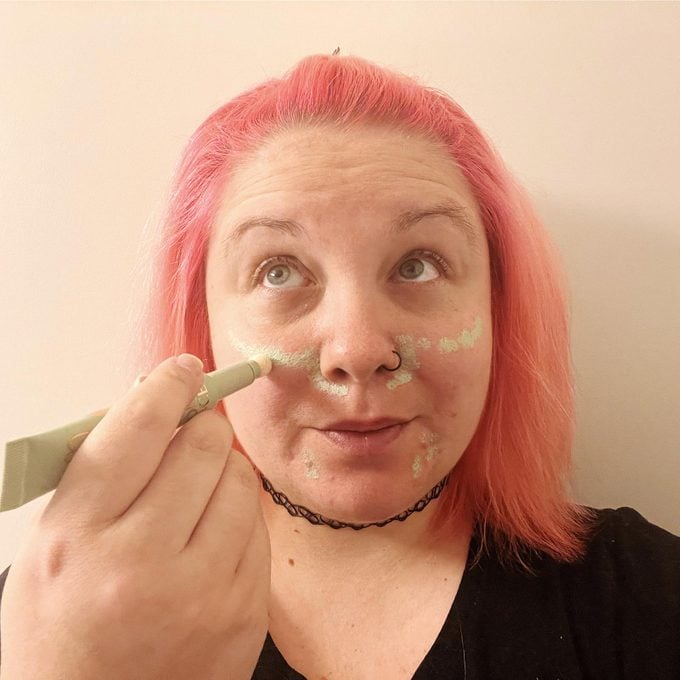
If you have some redness, you can balance it out with a green color corrector before you apply foundation. But Boyd cautions against using too much green makeup—it can actually make your skin appear gray. In fact, foundation will usually cover any redness you may have, and there are great concealers that reduce redness.
“When you apply green concealer over top of redness on the skin, yes it does neutralize the red, meaning that it brings the color closer to gray,” Boyd says. “Redness is already very close to natural skin tones, so it’s very easy to cover using regular concealers that match our skin.”
That said, if you skip foundation, your redness might be more apparent. And if you have extreme redness, a very light touch of green color corrector can help neutralize it. Just be aware of how much you’re using.
To use a color corrector, dab it onto problem areas, like red cheeks or around your nose, and blend it into your skin by tapping with a Beautyblender until your redness has been neutralized. Using a cream formula? Dab it onto your skin with your fingers and blend it with a Beautyblender. If your redness is covered and you’re satisfied with how your skin looks, you can skip foundation and move on to other coverage areas.
Step 4: Apply foundation
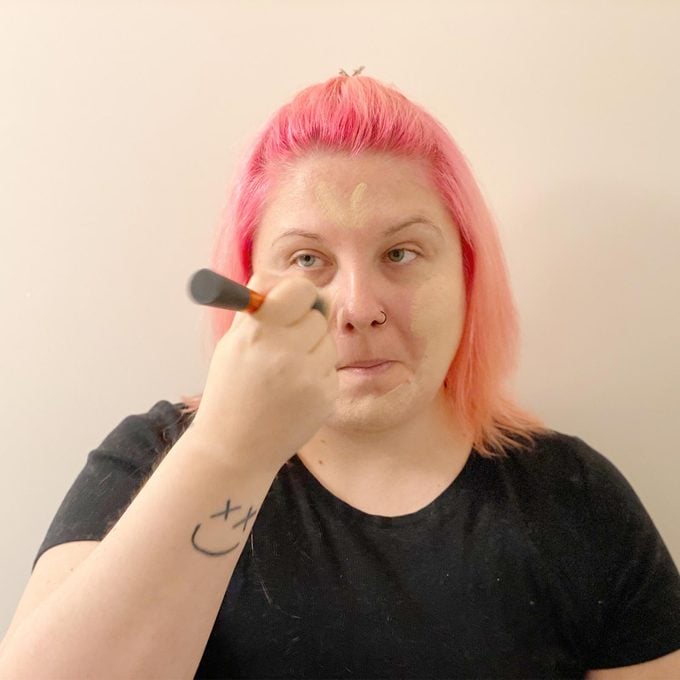
If you intend to add foundation, now is the time to do it. By applying foundation before concealer, you get a better idea of how much concealer you truly need. “You can use concealer without foundation for a natural look, but don’t use foundation without concealer,” Boyd says. “What it ends up doing is accentuating your imperfections because your skin tone will be well evened out, but the darkness under your eyes will still show, drawing attention to it.”
Using a foundation brush or Beautyblender, apply your foundation. Start with light coverage and build where needed, like over areas of redness or imperfections. Blend it over your entire face, and don’t forget to extend foundation down your neck. It’s how you’ll avoid walking around with a face that doesn’t match the rest of your body.
If you’re a makeup newbie and need more instruction, don’t worry. Our step-by-step guide to how to apply foundation has you covered.
Step 5: Apply concealer under your eyes
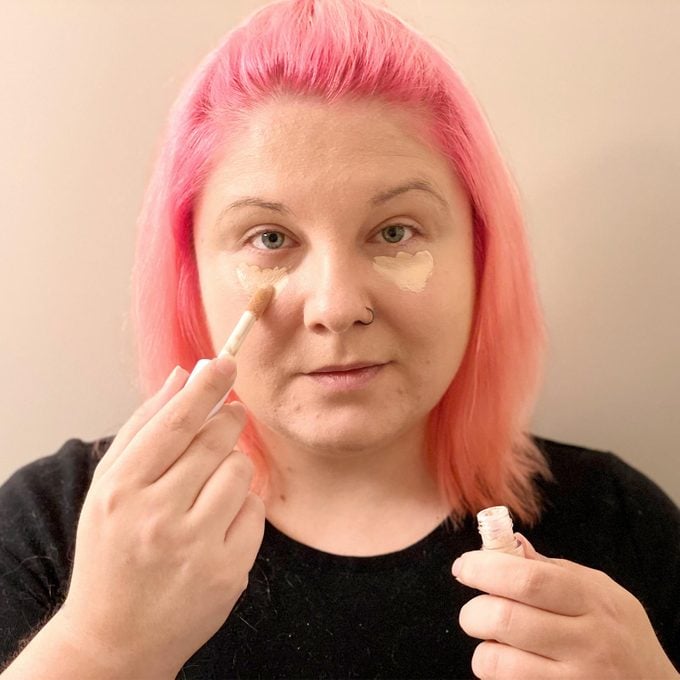
Maybe your under-eye circles are hereditary. Maybe they’re the result of too many sleepless nights. Whatever the reason, there’s a fix in the form of under-eye concealer. That’s right: You can use concealer to aid in the coverage of dark circles. “If you have dark circles under your eyes, you need a little bit of orange-pigmented concealer,” Uribe says. “And then on top, apply the shade of your skin.”
There are a couple different ways to apply concealer, depending on the type of product. If you’re using a concealer with a wand, you can dot the concealer under your eye or draw a small, light triangle over the under-eye area. For each method, you’ll then use a Beautyblender to buff out the area until all the concealer is blended into your foundation.
If you’ve opted for a cream concealer, you can use your clean fingers to dab it under your eyes in dots or a small triangle. You can then go in with the Beautyblender to buff it.
If you’re not dealing with dark circles but want to lift your under-eye area a bit, apply a light shade of concealer there—aim for one that’s two shades lighter than your face. Be mindful of where you’re putting the concealer, though.
“Sometimes people start applying their concealer too close to the eye, and because of the movement in that area, it ends up creasing really badly,” Boyd says. “You want to start by putting most of the product down right in the darkest part of your under-eye, which is below the inner corner at the orbital bone, then blend upward toward the eye from there.”
Step 6: Conceal blemishes and even skin tone
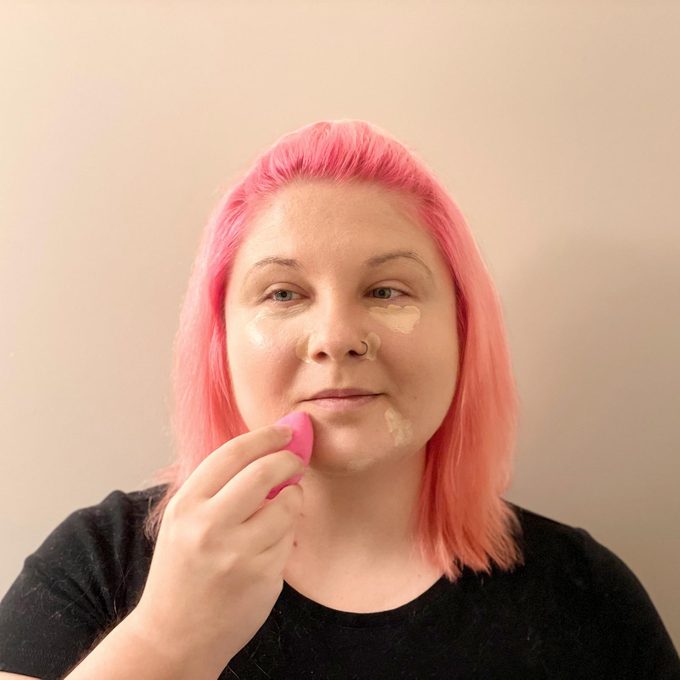
Blemishes aren’t fun, but most of us have dealt with them at some point in our lives. Concealer can help cover them, helping bumps blend in with the surrounding skin.
If you’re one of the blessed few who rarely wake up with a zit, that doesn’t mean you’ll never need concealer. The makeup must-have can even out skin tone (with or without foundation), to create a flawless finish. It can even cover scars, and if you know how to apply concealer to blemishes, you can successfully mirror the process for your scars. In both cases, you’re hiding discoloration and texture differences.
“If the concealer comes with an applicator, I apply it straight to the skin first,” Boyd says. Simply dab it onto blemishes and areas you want to cover up. (Try it with this affordable concealer that has more than 91,000 five-star reviews.) “Then I take a fluffy brush and feather the concealer out to make sure that it covers areas it needs to cover. Then I take a damp Beautyblender and, in light, dabbing motions, I blend it all back into the skin and the foundation.”
Step 7: Finish it off
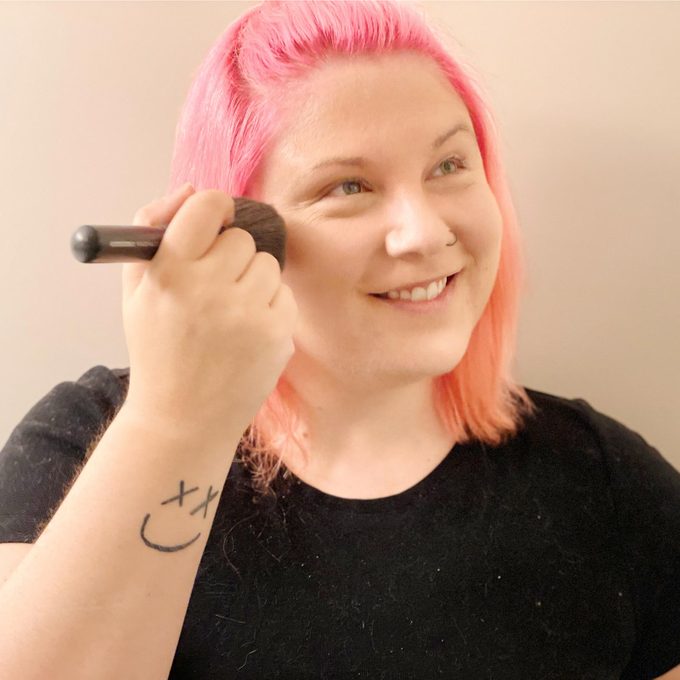
Once you’ve covered up all your discoloration and spots, it’s time to make sure your concealer stays in place. You can do that with setting powder and a face puff or brush. “I set with a fluffy powder brush,” says Boyd. Dab your brush into your setting powder and tap some of it off before dusting it onto your face.
You’ll want to use a light hand here, tapping the brush onto your skin and softly buffing it to ensure your whole face is covered and the powder is blending in. If you can see the powder on top of your foundation, continue lightly sweeping it around until it disappears.
And that’s it! Your concealer is in place, and your face is a blank canvas for all of the makeup fun you’re bound to have. You can go in with highlighter, bronzer, blush, fake eyelashes, mascara, lipstick, and more. Worried the concealer will slide off your skin during the day or after a dip in the pool? Try sweatproof makeup that lasts through even the toughest workouts.
Tips for applying concealer
Now that you know how to apply concealer, make sure you’re not making any mistakes. Here’s what the pros want you to keep in mind.
Pick the right concealer shade
Finding the right shade might be the hardest part of using concealer. Wearing a color that’s too light for the skin is the biggest no-no Uribe notices. While asking for help at a makeup counter can point you in the right direction, you can also use your skin as a guide. Your jawline tends to be a good marker of the color you need, so swipe color there to test it out. Once you’ve found a color match, consider consistency and, if it matters to you, whether the product is a clean beauty brand.
Rely on a Beautyblender
Many concealers come with their own brush, but Uribe loves using a Beautyblender to buff everything out. The tool is easy to find—check your local Ulta or Sephora, or order one online. In a pinch, though, your fingers will do just as well (as long as they’re clean).
“I love a Beautyblender or using the fingers by tapping gently with the product on your fingers around the areas that need concealing,” he says. “You have to be very gentle in the area under the eyes!”
Don’t use too much concealer
Knowing how to apply concealer is also knowing when to stop. You might feel self-conscious and want to buff and blend every single freckle or blemish off your face, but we want you to let your natural beauty shine.
“I love that the trend these days is to let your natural skin show through,” Boyd says. “There is no need to completely cover up your own skin. I like it when makeup is used to enhance natural beauty rather than covering up your face. If your concealer is too heavy, the eye will be drawn to all of the makeup on your face rather than how nice you look.”
Use concealer after foundation
Knowing the right order to apply your makeup is challenging. We get it! But use your concealer after your foundation because your foundation is going to do a lot of concealing on its own.
Apply a light layer under your eyes
Not only is the skin under your eyes really delicate, but it’s also prone to creasing. When you’re applying makeup there, start with a small amount and blend to see how much coverage and lift you’re getting before you add more.
Sources:
- Scotia Boyd, makeup artist
- Emilio Uribe, celebrity hair and makeup artist

